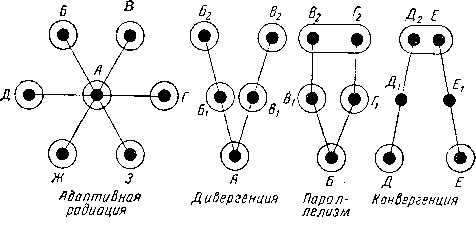Just as I was saying yesterday that the weather was great, it turned bad. It rained all day today, and it will rain tomorrow, and the day after tomorrow, and then some… And it doesn’t save us from having to be present at the excavation site anymore – all the work has moved inside this very storage-library that we dug up. At least it’s warm and dry there.
We found an interesting Glinnar work, the author of which, alas, we do not know - the first few pages of the thick manuscript were simply torn out. It is a very complete descriptive comparison of the phenotypes of all intelligent species inhabiting our planet (except for the Draghars, alas), and even touches on the peculiarities of thinking and psyche.
To give you an idea of how complete it is, I'll just say that there's a whole chapter dedicated to comparing the genital shapes of elves, humans, dwarves, and gearts. With pictures. We won't show you them.
But the author does point out some very correct facts: for example, if a healthy normal vision indicator for a human is considered to be 1.0, then for a dwarf (with certain conventions) it will be somewhere around 0.8, for an elf - 1.5-1.7, and for a dwarf - 0.9. Or, for example: the chapter on hair - did you know that dwarfs, elves and humans have different hairlines on average? Elves are generally almost not susceptible to androgenetic alopecia (male-pattern baldness), but humans and dwarfs suffer from this disease very much.
And in the end, the author comes to a very reasonable conclusion that although the Gearths have a different evolutionary ancestor (compared to everyone else), they still have many similarities with humans and others in culture, lifestyle, and even appearance, which they acquired as a result of convergence. In general, the book is very good, and we hope that one day it will be translated in full and published.

